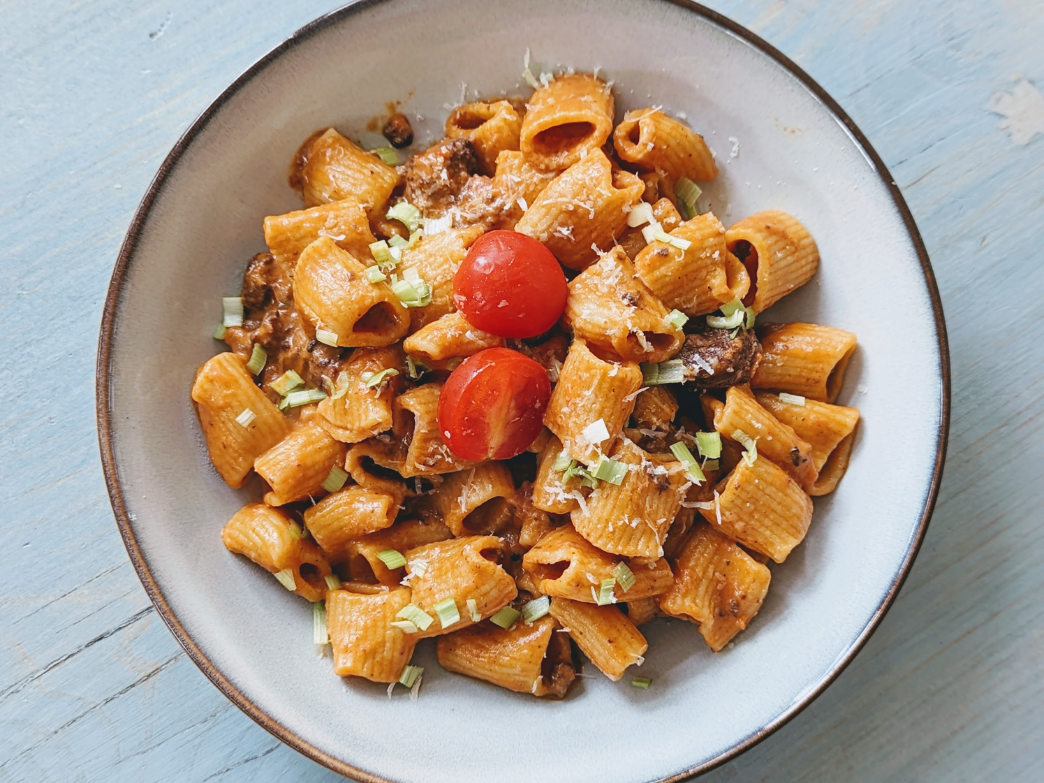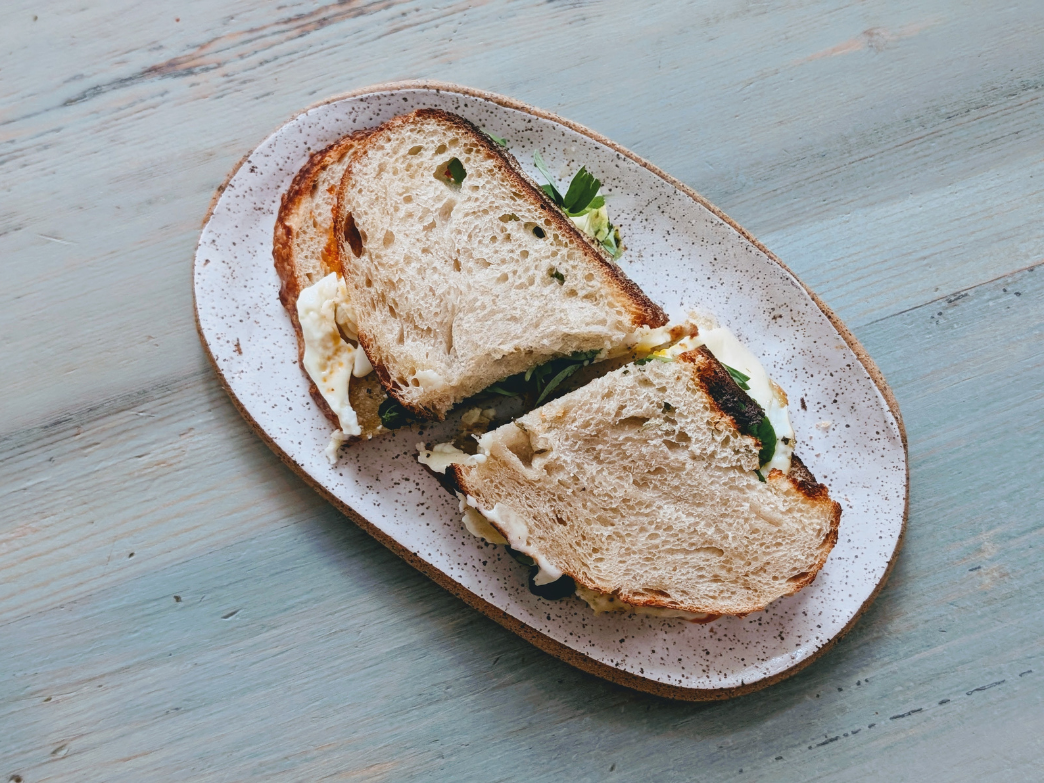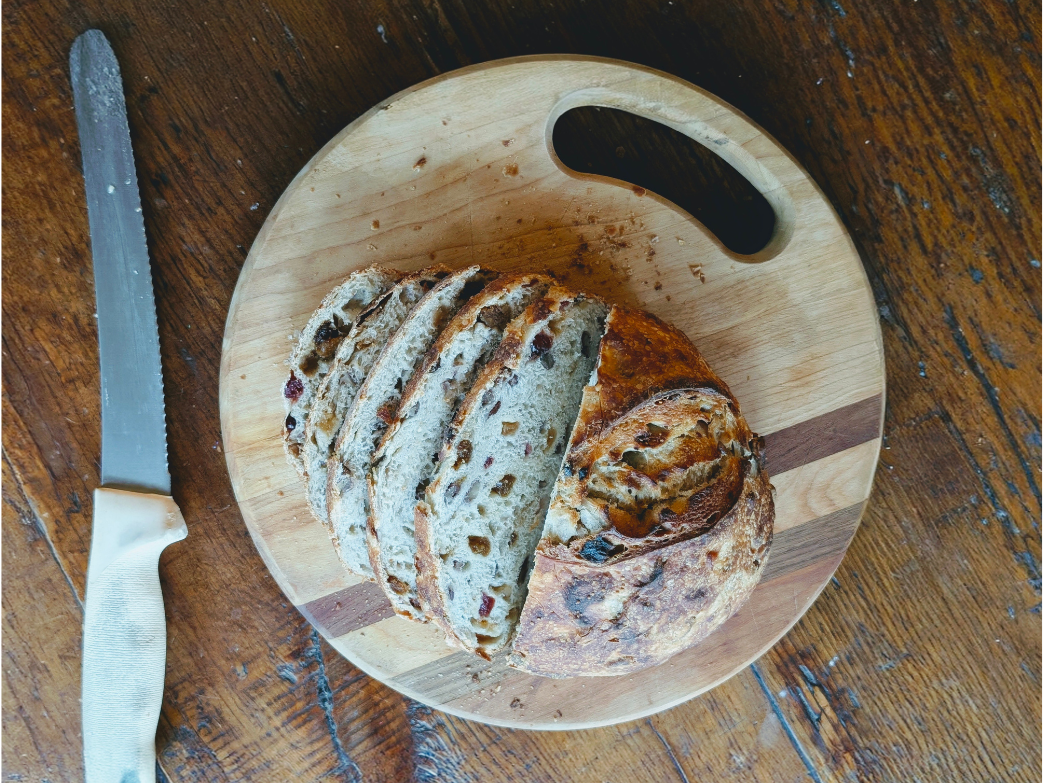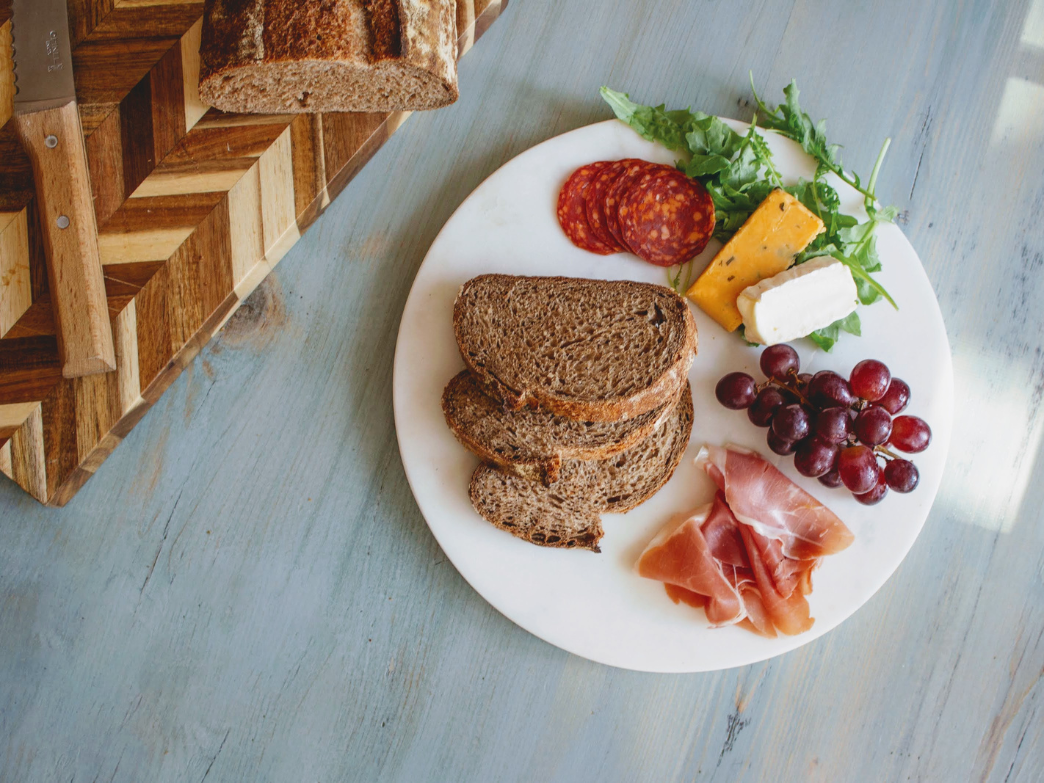By Lucy Yanckello, Ph.D.
It is important to eat a healthy balanced diet, which includes carbohydrates. Better known as carbs, this macronutrient gives you long-lasting energy throughout the day. There are lots of carbohydrates on the market, all with different nutrient profiles. There is likely an option that fits well into your diet no matter your nutrient needs! Let's take a look at how some of the most popular carbs – rice, couscous, pasta, and quinoa – compare to each other.
Which is healthier to eat: rice or couscous or pasta or quinoa?
Although all carbs can have a place in your diet in moderation, some are healthier than others. Quinoa not only has more protein and minerals than pasta, couscous, or rice, but it also has a more favorable glycemic index. Glycemic index is a measure of how quickly a food can make your blood sugar rise and it’s an important metric for diabetics. The lower the number, the less a food will raise blood sugar. The protein content in quinoa is similar to that found in beans, meaning it is a complete protein profile. A complete protein profile means it has all the essential amino acids (e.g. the building blocks needed to build protein) needed to keep you healthy and strong. As it is a grain, quinoa is also high in fiber which aids in digestion and helps lower cholesterol.
Although it looks similar to quinoa when cooked, couscous and quinoa differ greatly in terms of their nutritional profile. Couscous has a nutritional profile similar to white pasta: high in carbohydrates without other health benefits such as fiber or protein content. These are similar to white rice, which also lacks fiber and protein content.
Which has the most carbs: quinoa or pasta or couscous or rice?
Pasta has the most “carbs per 100 gram cooked serving” at 33 grams, with white rice following as a close second at 28 grams. Couscous is third at 23 grams, and quinoa has the fewest carbs at 21 grams. Couscous and quinoa have a similar carbohydrate profile, while rice and pasta have more carbs.
Which has the most calories: pasta or couscous or rice or quinoa?
The calorie breakdowns for these grains are similar to the carbohydrate breakdowns. Pasta and white rice have the highest calories, while couscous and quinoa have the fewest calories. Pasta comes first at 160 calories per 100 gram cooked serving, followed by white rice at 130 calories. Couscous and quinoa switch places in terms of calorie ranking, with quinoa coming in at 120 calories and couscous at 112 calories.
Which is better for a diabetic: rice or couscous or pasta or quinoa?
Quinoa has the lowest glycemic load per 100 gram serving. Glycemic load is a number similar to glycemic index, but instead refers to how much the amount of food (100 grams in this comparison) raises a person's blood glucose level. Typically it is healthier for diabetics to eat foods with a lower glycemic load. Quinoa has the lowest glycemic load, and pasta has the highest glycemic load. Per 100 gram serving, quinoa has a glycemic load at 10, followed by couscous at 12, white rice at 15, and pasta right behind at 15.4.
Which is the best for weight loss: rice or quinoa or pasta or couscous?
Although all carbohydrate types can be part of a balanced diet while trying to lose weight, quinoa will give you your best bang for your buck. The protein levels in quinoa aid in slowing the digestion process which keeps you fuller for longer, leading to less snacking. In addition, quinoa has a low glycemic index. That means it will not spike your blood sugar levels (which lead to cravings and ultimately unhealthy decisions around food). The fiber content in quinoa will also aid in slowing digestion, giving you that full feeling.
Can you still eat rice, pasta, quinoa, and couscous when trying to lose weight?
Yes, you can still eat rice, pasta, quinoa, and couscous while losing weight. It is important to keep your diet balanced when trying to lose weight and to eat fewer calories than your body burns. If you want to eat foods with higher carb content but not higher protein and fiber content – such as pasta, rice and couscous – eat them in moderation. Eliminating foods completely from your diet will only lead to cravings, so be sure to keep the foods you love in your diet – just enjoy them in smaller portions.
Which is healthier: pasta or quinoa?
Quinoa not only has more protein and minerals than pasta, but it also has a more favorable glycemic index. The protein content in quinoa is similar to that found in beans, meaning it is a complete protein profile – it has all the essential amino acids (e.g. the building blocks needed to build protein) needed to keep you healthy and strong. As it is a grain, quinoa is also high in fiber which aids in digestion and helps lower cholesterol. These are benefits that you will not get from eating pasta.
Which is healthier: pasta or couscous?
Although it looks similar to quinoa when cooked, couscous and quinoa differ greatly in terms of their nutritional profile. Couscous has a nutritional profile similar to white pasta, high in carbohydrates without other health benefits such as fiber or protein content. If you are looking to enjoy food with a higher carbohydrate content, there isn’t much difference between choosing pasta or couscous.
Where can I buy fresh pasta online?
At Wildgrain, we specialize in making high-quality, fresh breads and pastas that are delivered directly to your door. Wildgrain is the first bake-from-frozen delivery subscription service for breads, pastries, and fresh pastas. Some of our popular pastas include fresh fettuccine and fresh tonnarelli. Learn more about Wildgrain and our artisanal baking and cooking methods.
Lucy Yanckello received her Ph.D. in nutrition from the University of Kentucky College of Medicine. She currently works as a medical writer and enjoys being able to help people better understand nutrition and science.
This content is for informational use only and does not replace professional nutrition and/or medical advice, diagnosis or treatment. It is not a substitute for and should not be relied upon for specific nutrition and/or medical recommendations. Please talk with your doctor about any questions or concerns.



